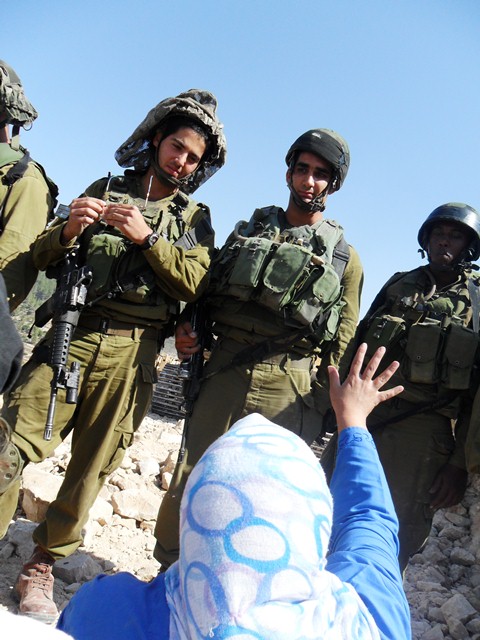Tag: Al Walaja
-
Jerusalem: Explosions, arrests and violence as Israel clears way for settlement activity
by Alistair George 13 November 2011 | International Solidarity Movement, West Bank Three Palestinians were arrested and others were detained, beaten and pepper sprayed by the Israeli military in Al-Walajeh yesterday, as villagers attempted to prevent the detonation of explosives used to widen the route for the separation wall on the village’s land. Previously, large…
-
Wasteland in al Walajeh: Israeli military destruction of farmland
7 September 2011 | International Solidarity Movement, West Bank On Tuesday September 6th local Palestinians from the village of Al Walajeh gathered with international activists to protest the building of the illegal separation barrier as well as the destruction of ancient olive trees. The demonstrators succeeded in halting the razing of Palestinian land for approximately one…
-
Military resorts to violence in Al Walajah peaceful demonstration
27 July 2011 | International Solidarity Movement, West Bank A peaceful protest against the construction of the apartheid wall in the village of Al Walajah was brought to a violent end by the Israeli army this morning with five arrests. At 09:00 AM a group of Palestinians, Israelis and international activists walked through the village’s…


